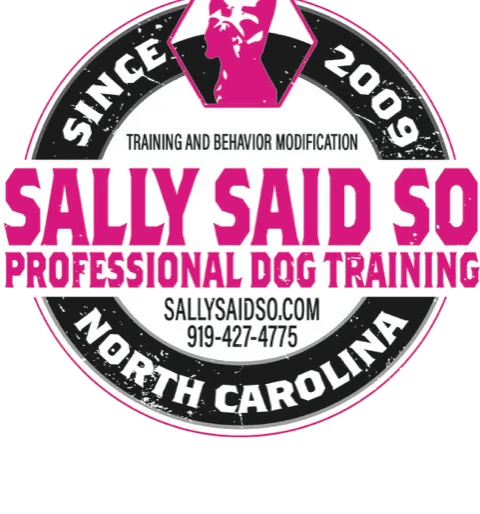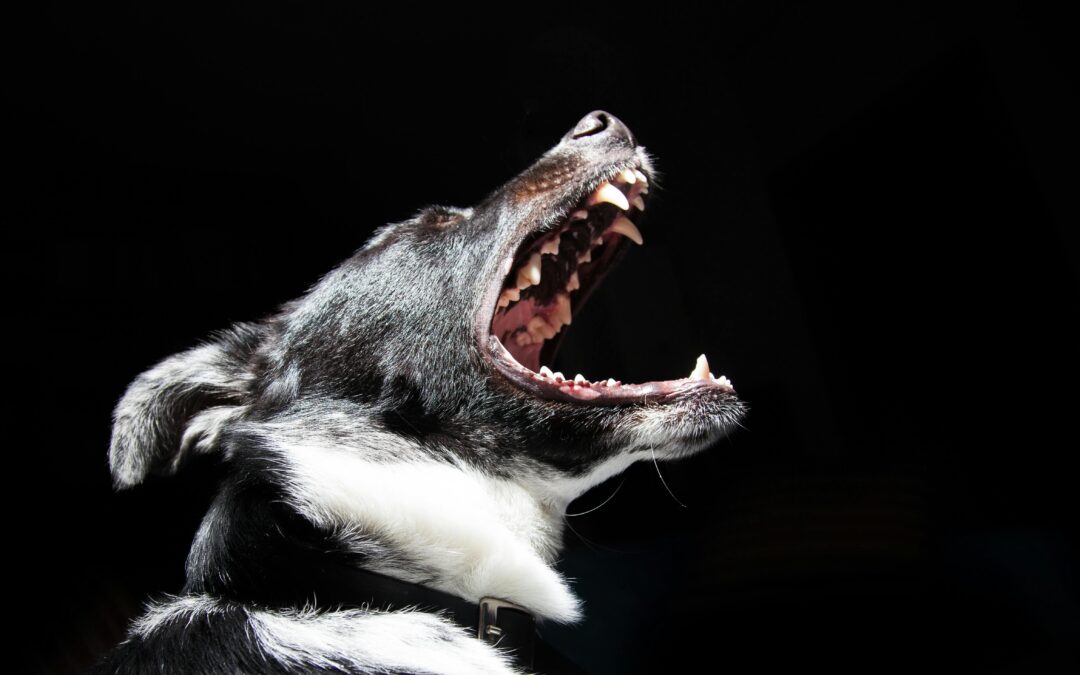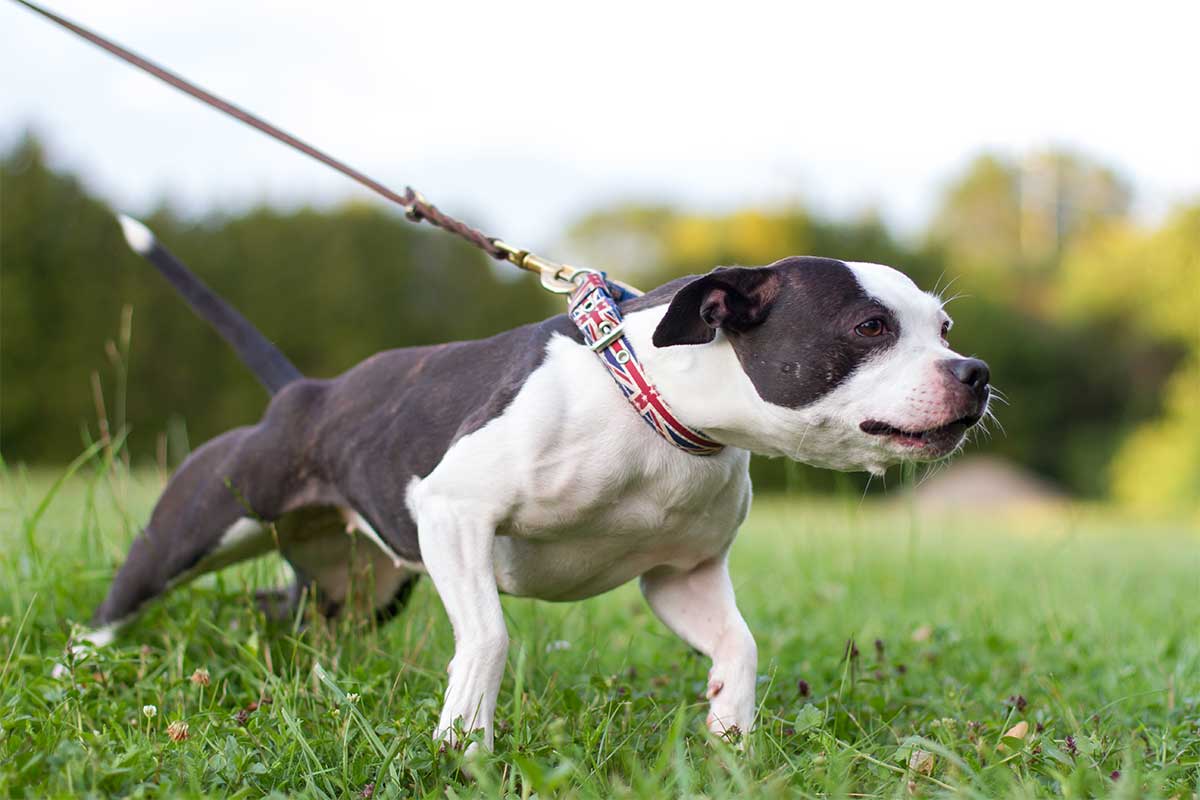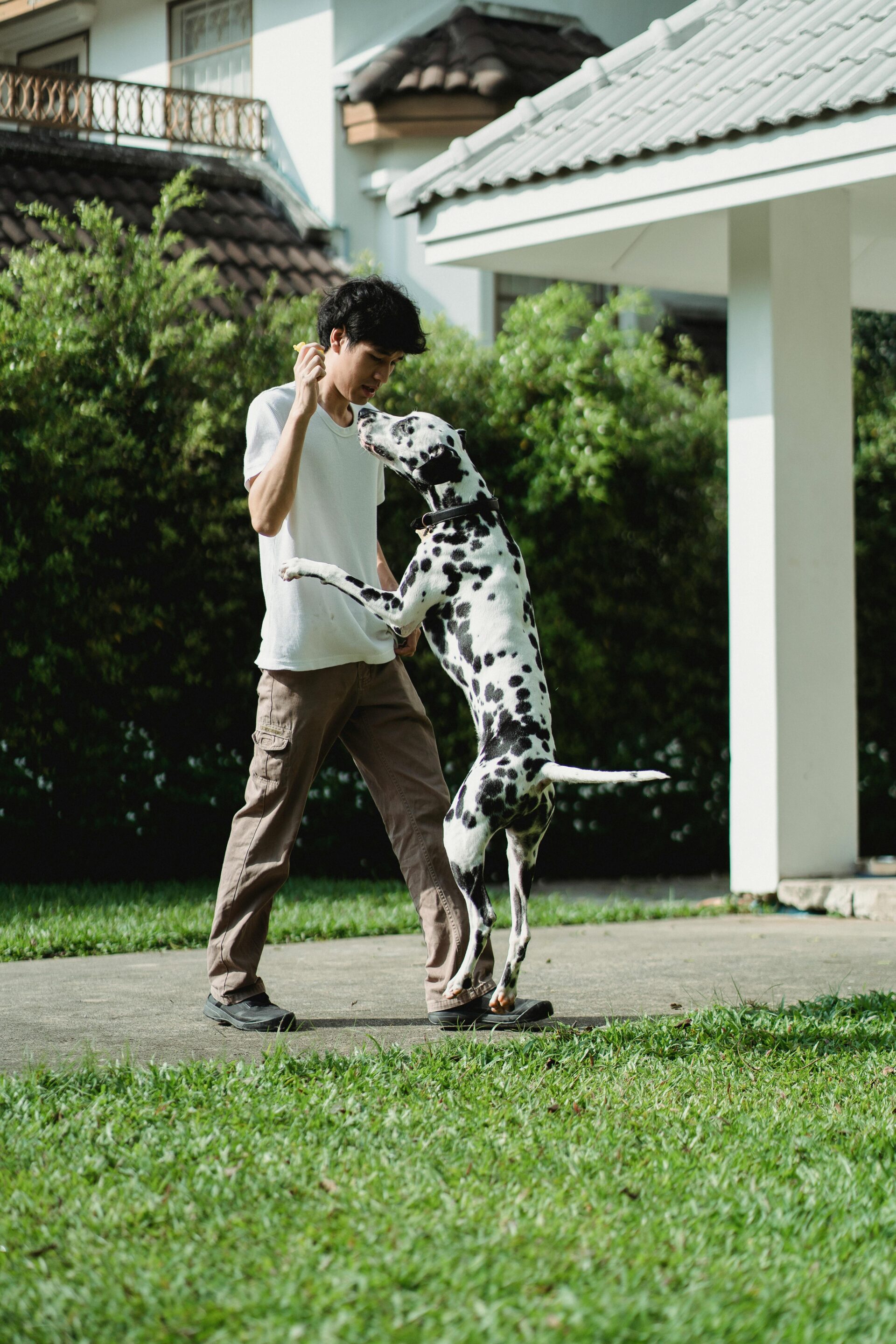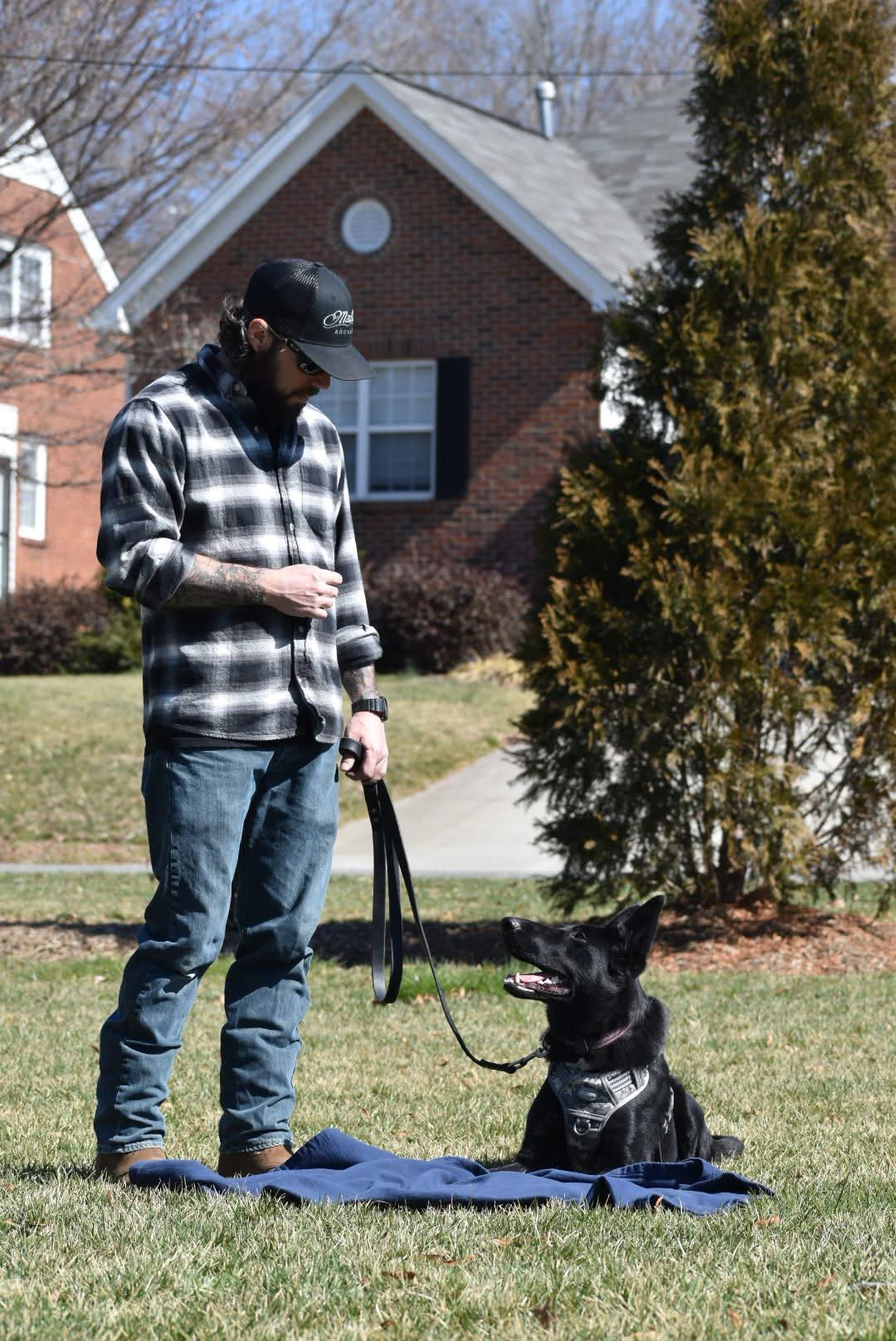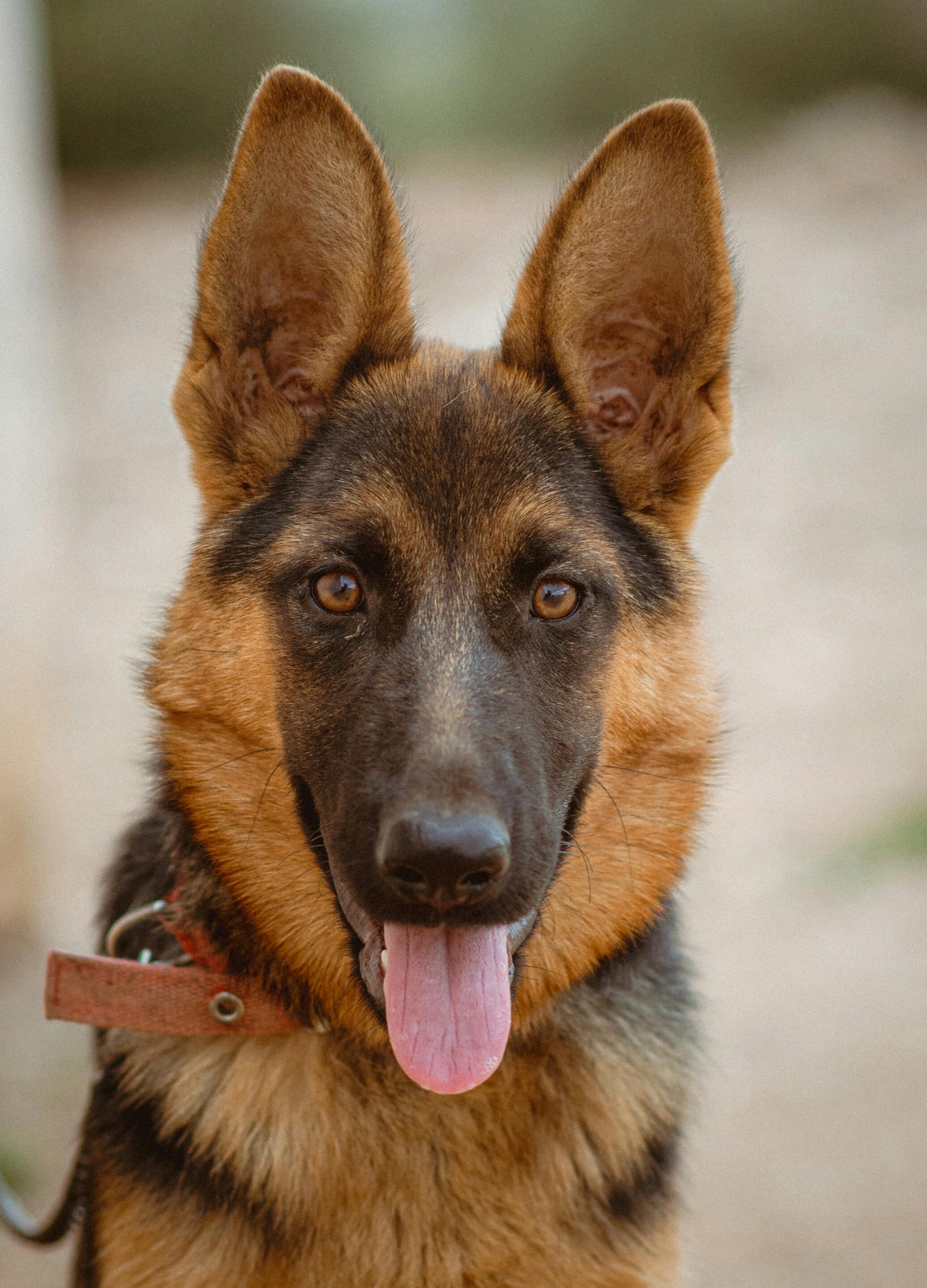Frustration is one of the most overlooked causes of behavior problems in pet dogs—and one of the most misunderstood. At Sally Said So, we often work with clients whose dogs aren’t “bad” or “stubborn,” they’re just frustrated. And when frustration builds up, it can lead to reactive outbursts, impulse control issues, and stress—for everyone involved.
What Is Frustration in Dogs?
Just like humans, dogs can become frustrated when they’re prevented from getting what they want—whether that’s greeting another dog, chasing a squirrel, or moving freely in a stimulating environment. Frustration often stems from inability to predict or control a situation. The result? A build-up of emotional energy with nowhere to go.
How Frustration Leads to Reactivity and Impulsivity
When a dog is overwhelmed with frustration, they often default to high-energy behaviors—barking, lunging, jumping, whining, or ignoring commands. These behaviors aren’t always rooted in aggression; often, they’re a dog’s way of releasing pent-up emotion. You may notice:
- Barking on leash when they can’t greet another dog
- Whining during a “stay” command when they want to move
- Lunging toward stimuli when they lack coping skills
This is not only disobedience, it’s dysregulation. And teaching your dog to regulate their emotional state is where training plays a huge role. Simply asking for obedience commands isn’t enough – you want to shift the dog’s mind into one that is thinking, not just reacting.
Training Challenges for Frustrated Dogs
Some commands are naturally more difficult for dogs prone to frustration, including:
- Stay – Waiting feels impossible when their instincts say “go now!”
- Focus/Watch Me – Maintaining eye contact when distracted is tough without practiced impulse control
- Leave It/Wait – Not getting what they want immediately can trigger protest behaviors
- Heel – Walking politely next to you while exciting things happen all around is a learned skill
These commands require a dog to pause, think, and stay engaged with their handler—exactly the opposite of what frustration pushes them to do.
Don’t Build Frustration—Reduce It
It’s easy to accidentally increase frustration in training. Repeating cues without follow-through, using high-pitched baby talk, or dangling a reward without clear direction can all create tension and confusion. Instead, we recommend switching your dog’s brain into problem solving mode.
Switch to Problem Solving Mode
Ask for a known cue, then reward your dog for figuring it out. This gives them a task and helps shift their brain from “react” to “think.” If your dog doesn’t know a command well enough to shift their focus back to you, then it’s about asking for an intuitive behavior – like follow the leader. You can also modify their environment so they aren’t living in a reactive state. Here are some other things you can do to help reduce your dog’s frustration levels:
Avoid Over-Cuing
Say the command once and give your dog space to respond. If they fail to respond, simplify the request. An overstimulated, frustrated dog needs less stimuli to process. Repeating commands will only add to what they need to process.
Use Calm, Clear Body Language
Dogs are excellent at reading body tension. Stay relaxed, breathe, and use purposeful movements. Fidgeting, over-animating your movements, and excessive talking will only further add to what your dog has to process. Keep your movements purposeful and intentional.
Control the Environment
Set your dog up for success by working in low-distraction areas before gradually increasing difficulty. This is simply a management technique that is intended to be temporary. It’s the difference between trying to learn a new skill at a baseball game vs a quiet classroom with few students.
Why Patience and Consistency Matter
Frustration can’t be solved in a day. Training emotional regulation is a slow build—one calm response at a time. Celebrate the small wins, and don’t skip over the basics. The more consistent you are, the more predictable you become to your dog—and predictability lowers stress. You have to keep in mind that frustration takes time to build and reactive behaviors are your dog’s current coping mechanism. Obedience commands such as focus, stay, go to place, and down become their new coping mechanisms over time.
Remember: frustration is not a personality flaw. It’s a signal. With the right tools, structure, and support, your dog can learn to cope, listen, and thrive—even when things don’t go their way.
Need Help?
If you have no clue how to implement these things, give us a call and we’ll help you. Training is a journey and we’d be happy to assist you with it!
Contact Us
Dog Training | Puppy Training | Obedience Training
Whether you are seeking a dog trainer, needing a simple dog training tip, or researching various dog training techniques, Sally Said So Professional Dog Training can meet your needs. We have a team of dog trainers across North Carolina ready to come help you in their convenience of your home. We have an active blog geared towards dog training knowledge and tips that you actually want. We offer the leading dog training techniques in our industry – combining the power of positive reinforcement with top notch behavior modification. Our training services are extensive – offering private dog training sessions, group classes, and refresher sessions so you can rest assured knowing that your dog will be covered for life.
Need something more advanced? We offer service dog training and therapy dog training services.
Want your dog to earn its Canine Good Citizen Award? We can do that, too!
